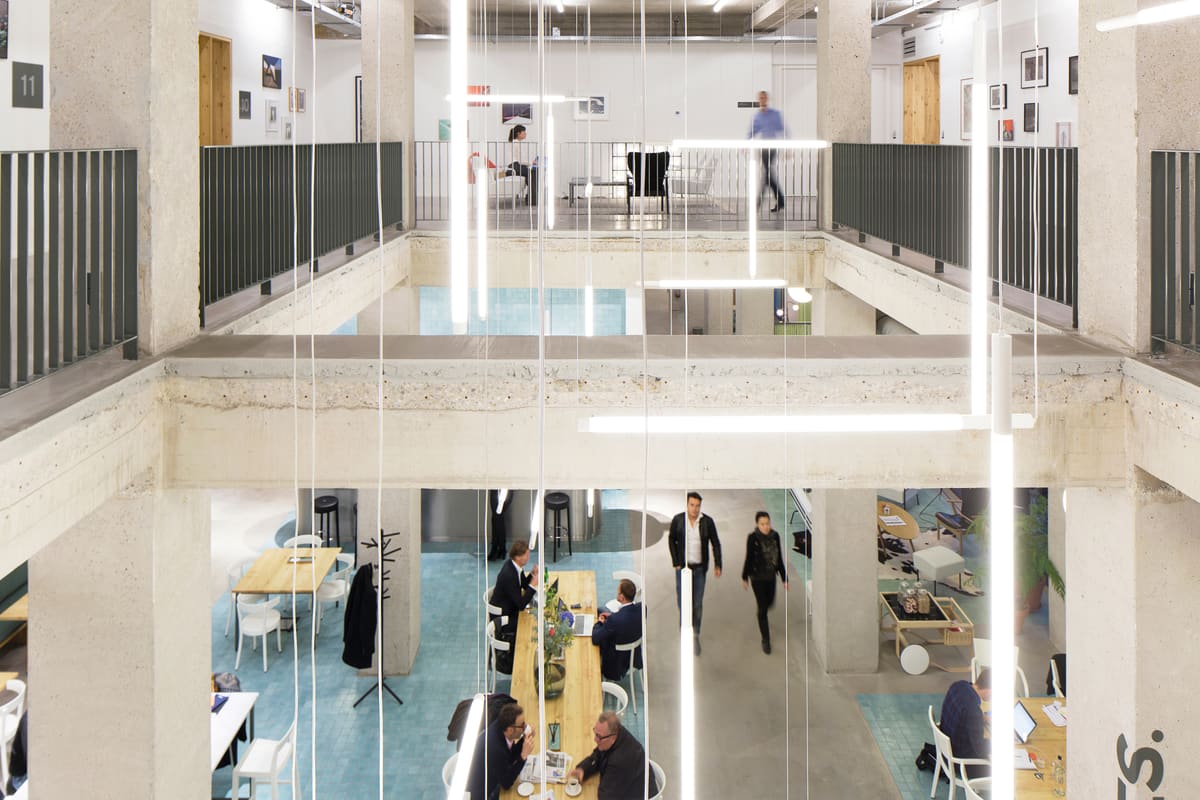Hybrid work has shown its positive impact on performance, workforce morale and the bottom line. But are businesses modernising their infrastructure fast enough to take advantage?
Working from home became a necessity during the pandemic. Since then, some organisations have pushed to get everyone back in the office, however evidence suggests this may not be the best way forward. Having developed a taste for flexible work, employees are looking for this to continue, with such arrangements becoming a high priority for job candidates.
Hybrid has proven equally popular among bosses in the boardroom, with its cost cutting capabilities clearly appealing to CFOs as a possible recession looms. IWG’s recent CFO survey found that among global Fortune 500 CEOs, 74% are planning to reduce office space and two thirds (65%) are aiming for a facilities spend reduction of more than 10% per year. According to 80% of CFOs, hybrid working is a key way to deliver on these targets. Given the desire to cut costs, plus hybrid working’s ability to satisfy employees, it is unsurprising that this option is proving attractive for businesses.
However, it seems many workplaces are not yet equipped to make the most of the move to hybrid. Research from Mitel, studying more than 1000 organisations across Australia, France, Germany, UK and the US, found that while 84% recognise that modern communications are either ‘very important’ or ‘absolutely essential’ to support business success, organisations are still some way away from deploying such infrastructure. In the UK, for example, 43% of businesses report their technology is capable of delivering only basic hybrid work capabilities. Furthermore, only 8% of UK organisations can claim to have a ‘hybrid-first’ mindset when making organisational and operational decisions. Without the technology or the mindset, the benefits of hybrid working risk being compromised.
Encouragingly, there is a great deal of positive thinking around hybrid arrangements. In a report from HBR, it was found that 72% of corporate leaders now plan to offer a hybrid model keying into the desires of the 52% of workers who say they’d prefer a mix of working from home and the office. Add to this Mitel’s finding that 69% of organisations surveyed want to invest in multi-purpose communication and collaboration technology – the IT backbone of hybrid working – and the emerging pattern is clear – organisations will seek to leverage their workplaces by using hybrid work techniques.
The appetite is justified too: hybrid work arrangements help companies cut costs. By taking on a more flexible shared workspace companies can downsize their central office footprint, reduce the amount of money spent on running and maintaining that space and all without compromising the quality of the employee’s experience. Power, infrastructure and resources – including catering, gyms – can be shared and their cost per employee reduced. A report from Global Workplace Analytics concluded a typical employer could save an average of $11k per half-time remote worker/year.
Not only this, but the Mitel research found 75% of employees in agreement that better communication and collaboration tools help them do their job better. Ensuring this exists within a hybrid workspace offers a quick, easy win for greater efficiency.
Better workplace tools lead to happier employees, which in turn leads to better performance. When Accenture dug into the working methods of fast-growing companies, it found 63% of them had adopted a ‘productivity anywhere’ hybrid model and were already reaping the rewards.
So the time to act is now, as chief technology officers and chief finance officers have the opportunity to bring their focus to these types of initiatives and make a significant impact for their businesses. Greater efficiency and cost savings are achievable, but so too is the delivery of positive benefits on the recruitment and retention of the best talent.
If the C-Suite does not understand or engage with the need to modernise now, they could find their businesses are getting left behind. While they may need to retain some kind of central office or focussed location for the business, ignoring the potential of the modern flexible workplace means missing out on a more efficient overall model; one which could be more attractive to existing and potential employees
We are no longer in the grip of the pandemic. But follow-on trends are being felt, and there are further challenges on the way. ‘The Great Resignation’ has seen employees reconsider their work options and many do not want to return to a way of work that feels inflexible or doesn’t reflect their priorities. Likewise, organisations now have the opportunity to make a break with the past and to create a modern office that’s better for everyone. By thinking hybrid first, they can create a workspace that saves money now and continues to deliver benefits well into the future.
Find out how IWG can help your business reduce costs by plugging you into the world of the hybrid workplace.






